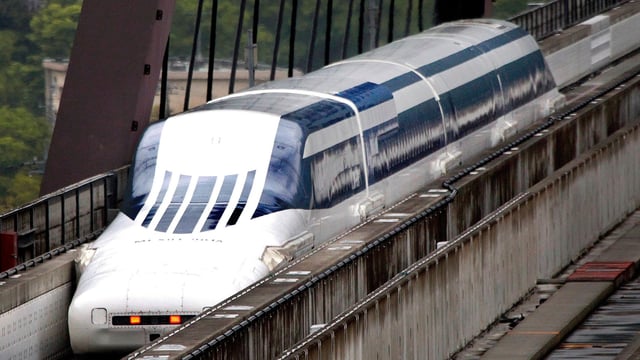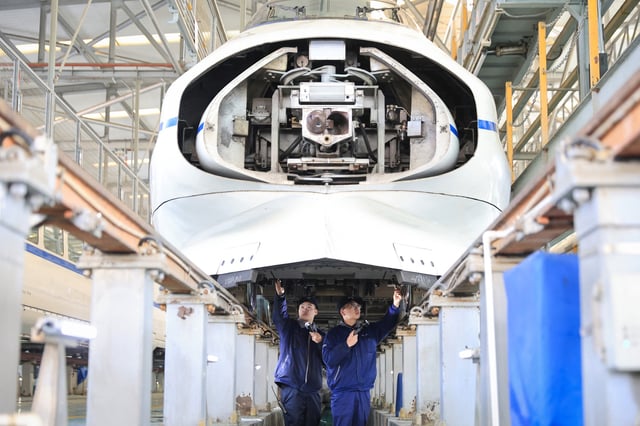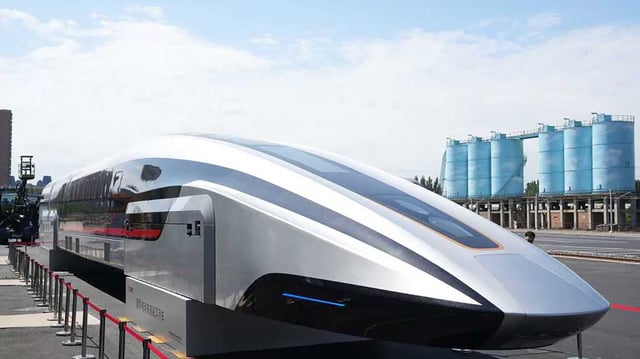Overview
- The prototype made its public debut at the 17th Modern Railways exhibition in Beijing with an aerodynamic design for sustained 600 km/h travel.
- Vacuum tunnel trials propelled the train to 620 km/h in seven seconds by reducing drag in a low-pressure environment.
- Magnetic levitation removes track friction and noise, enabling a smoother journey and lower energy use than conventional high-speed rail.
- CRRC engineers envisage cutting Beijing–Shanghai travel to around 2.5 hours and eventually bridging rail and air speeds on routes below 2,000 km.
- Authorities are performing integrated route, safety, design tests to assess readiness for passenger service.


